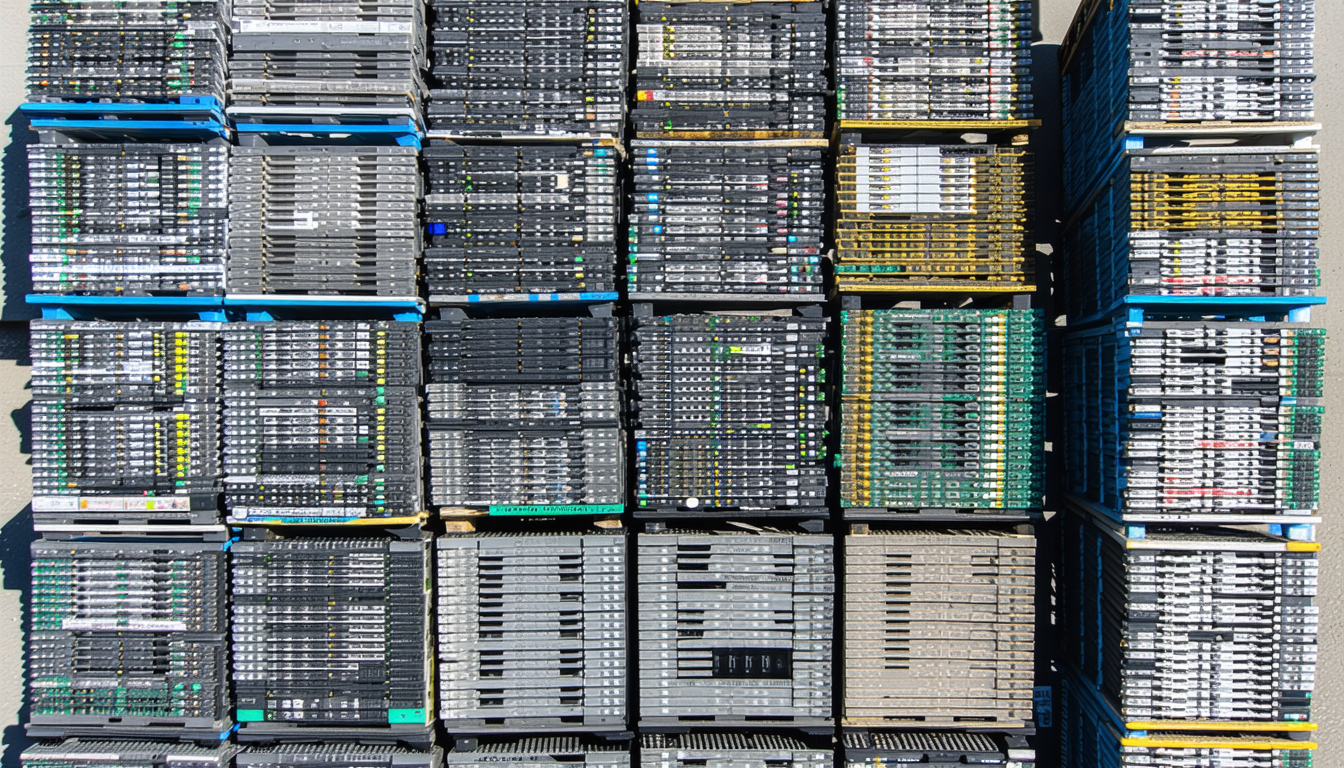In Contra Costa County, California, the mounting challenge of electronic waste, or e-waste, is gaining urgent attention from local authorities and environmental advocates. As technology advances at a rapid pace, discarded devices like smartphones, laptops, and televisions are piling up, posing significant environmental and health risks. This article explores the latest developments in e-waste management in Contra Costa County, including new initiatives, community impact, and future strategies to address this pressing issue. With innovative programs and growing public awareness, the county is taking bold steps to curb the e-waste epidemic.
The E-Waste Challenge in Contra Costa County
Electronic waste is one of the fastest-growing waste streams in the United States, with over 6.9 million tons generated annually, according to the Environmental Protection Agency (EPA). In Contra Costa County alone, thousands of tons of e-waste are discarded each year, often ending up in landfills where toxic materials like lead and mercury can contaminate soil and water. Local officials estimate that only a fraction of this waste is properly recycled due to limited awareness and access to facilities.
The improper disposal of electronics also squanders valuable resources. Many devices contain recoverable materials such as gold, silver, and copper, which could be reused if processed correctly. This growing problem has prompted Contra Costa County to prioritize sustainable solutions for e-waste management.
New Initiatives to Combat E-Waste
In response to the crisis, Contra Costa County has rolled out several programs aimed at reducing e-waste. In early 2023, the county expanded its free e-waste drop-off events, hosting monthly collections at locations like the Martinez Recycling Center. These events have already diverted over 50 tons of electronics from landfills since their inception, according to county waste management reports.
Additionally, partnerships with local businesses and non-profits have led to the establishment of permanent e-waste collection sites across the county. Residents can now drop off old devices at designated locations in cities like Concord and Richmond without incurring fees. “These initiatives are a game-changer for our community,” said Sarah Thompson, a sustainability coordinator for Contra Costa County. “We’re making it easier for residents to recycle responsibly.”
Impact on Residents and Businesses
The push to manage e-waste in Contra Costa County has had a tangible impact on both residents and local businesses. For households, the increased availability of recycling options means less clutter and a reduced environmental footprint. However, some residents express concerns about data security when disposing of devices containing personal information.
Businesses, particularly those in the tech sector, are also feeling the effects. Many are now required to comply with stricter state regulations on e-waste disposal under California’s Electronic Waste Recycling Act. While compliance can be costly, experts note that it fosters innovation. “Companies are finding ways to design products with recycling in mind,” said Dr. Emily Carter, an environmental policy analyst at UC Berkeley.
Future Outlook for E-Waste Management
Looking ahead, the future of e-waste management in Contra Costa County appears promising yet challenging. The county aims to achieve a 75% recycling rate for electronics by 2025, a goal that will require sustained public education and investment in infrastructure. Emerging technologies, such as automated sorting systems for e-waste, could also play a key role in streamlining recycling processes.
On the flip side, the sheer volume of electronic devices entering the market each year may outpace current efforts. Balancing consumption with sustainable disposal remains a critical hurdle. A balanced approach involving government, industry, and community collaboration will be essential to address this issue effectively.
Conclusion
Contra Costa County’s battle against e-waste reflects a broader national struggle to manage the environmental fallout of technological progress. Through expanded recycling programs and strategic partnerships, the county is making strides toward a more sustainable future. However, success hinges on continued public engagement and innovative solutions. As e-waste remains a pressing concern, Contra Costa County serves as a model for other regions grappling with similar challenges. The road ahead is long, but with collective effort, a cleaner, greener tomorrow is within reach.
Frequently Asked Questions (FAQ)
1. What is considered e-waste in Contra Costa County?
E-waste includes discarded electronic devices such as computers, monitors, televisions, cell phones, printers, and batteries that can no longer be used or repaired.
2. Where can I recycle e-waste in Contra Costa County?
Residents can drop off e-waste at designated collection sites in cities like Concord, Martinez, and Richmond, or participate in monthly free drop-off events organized by the county.
3. Is there a cost to recycle electronics in Contra Costa County?
Most county-sponsored e-waste recycling programs are free for residents. However, some private facilities may charge fees for specific items.
4. Why is proper e-waste disposal important?
Improper disposal of e-waste can release toxic substances like lead and mercury into the environment, harming ecosystems and human health. Recycling helps recover valuable materials and reduces landfill waste.
5. How can I protect my data before disposing of electronics?
Before recycling, ensure personal data is removed by performing a factory reset on devices or using data-wiping software. Some recycling centers also offer data destruction services.

